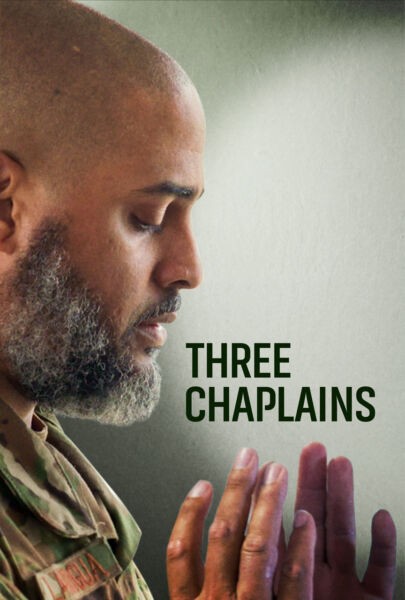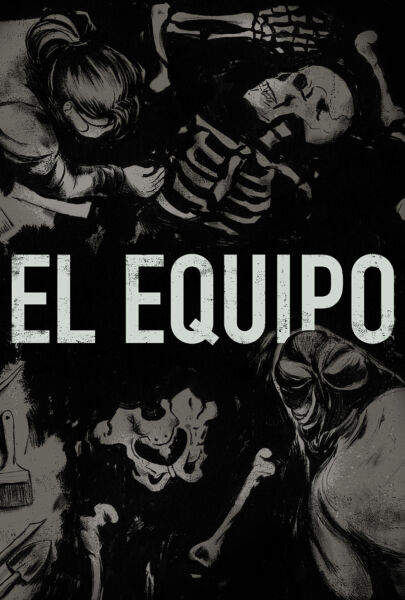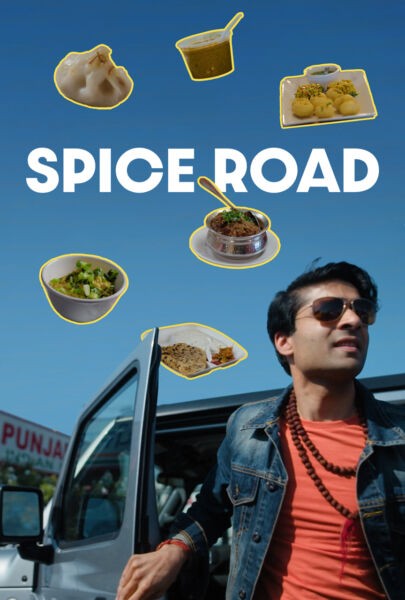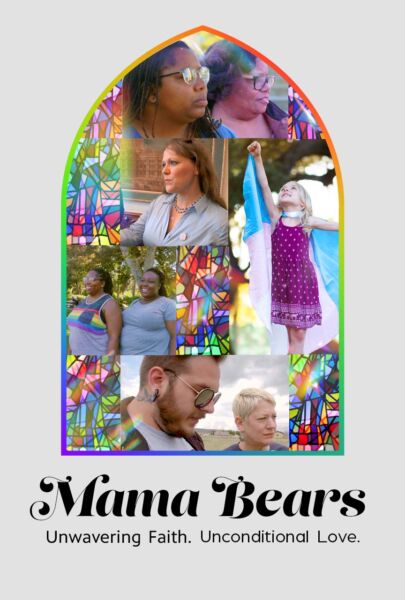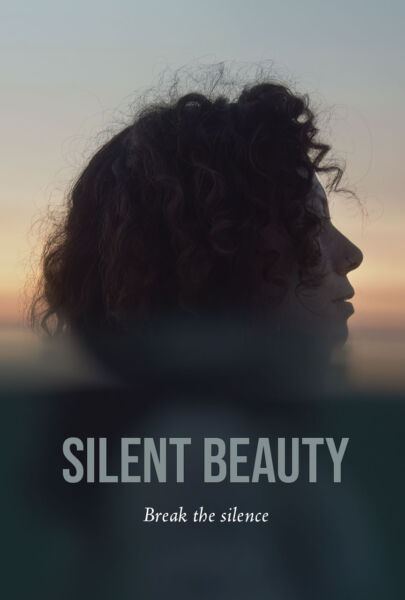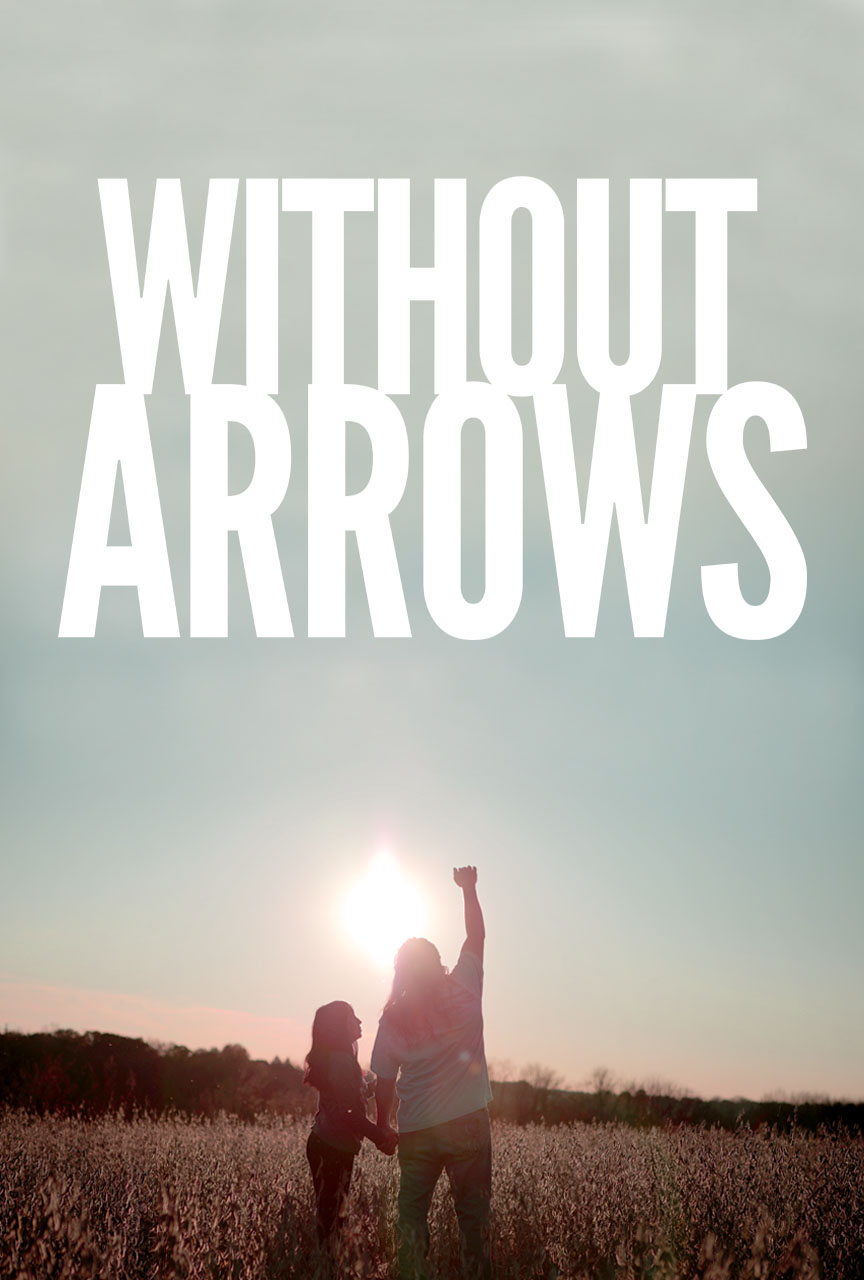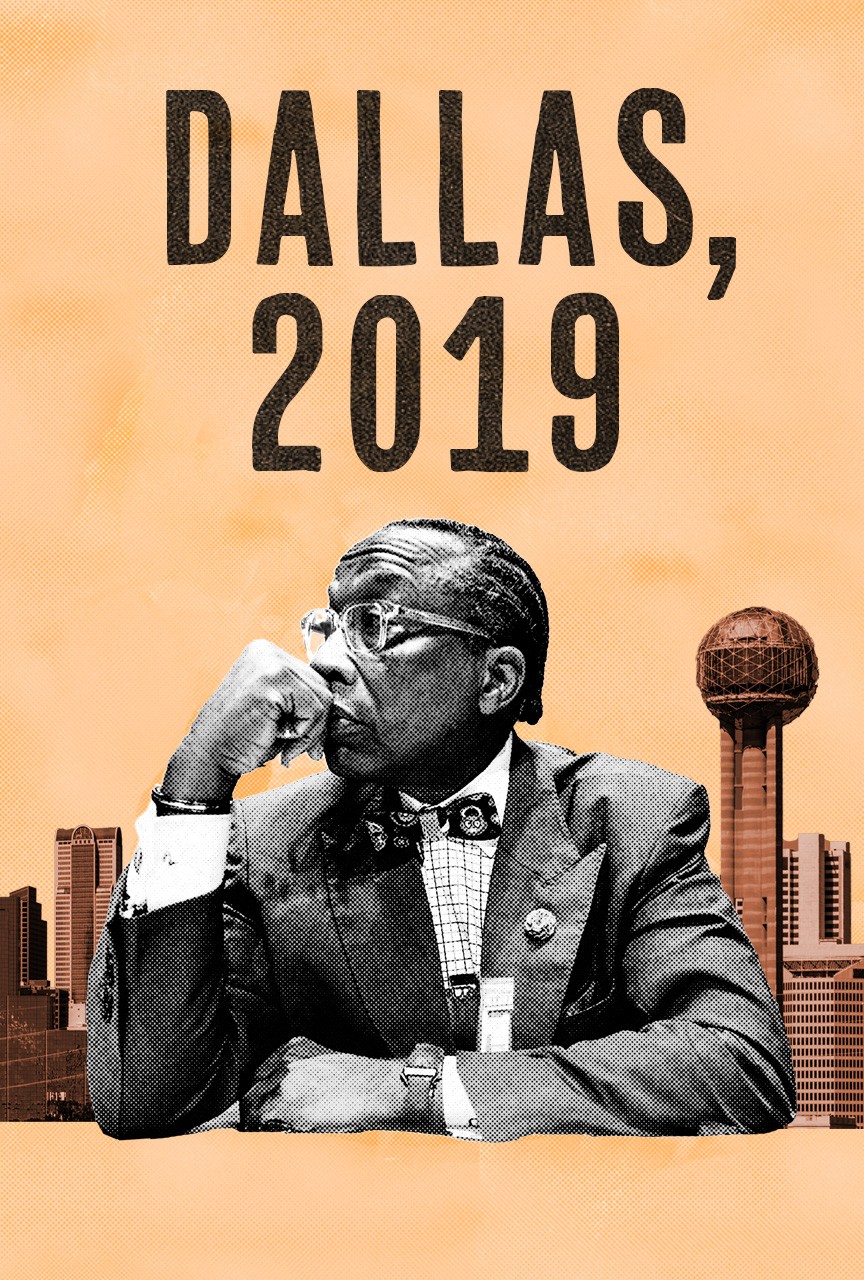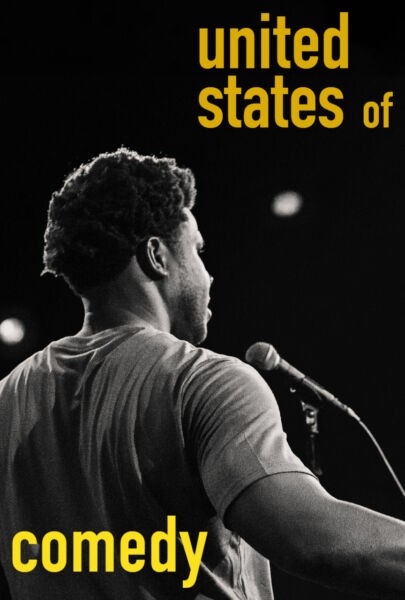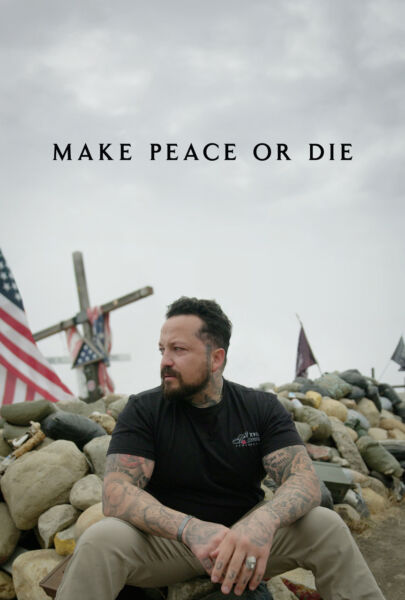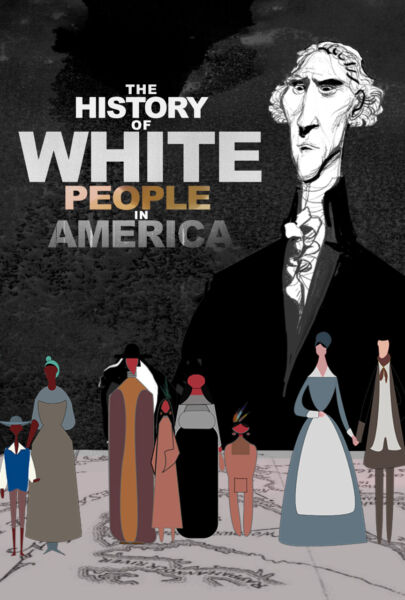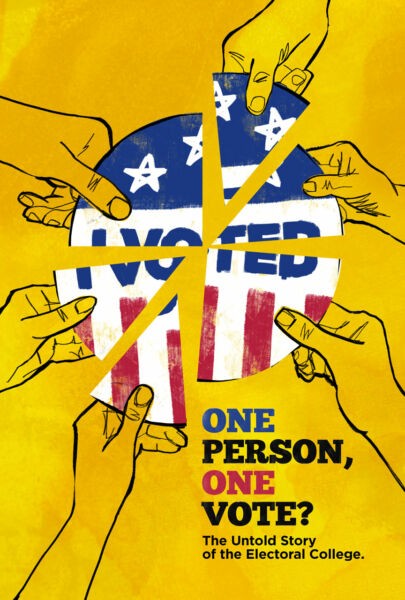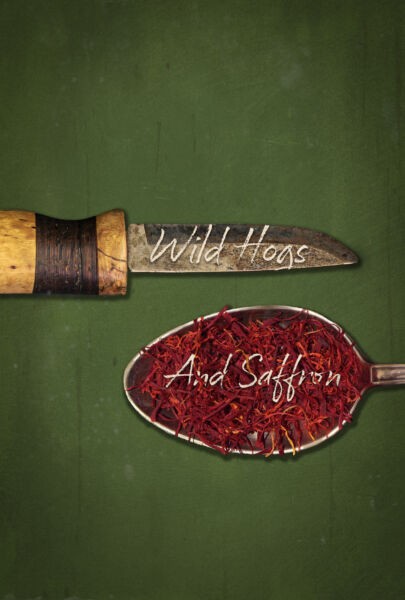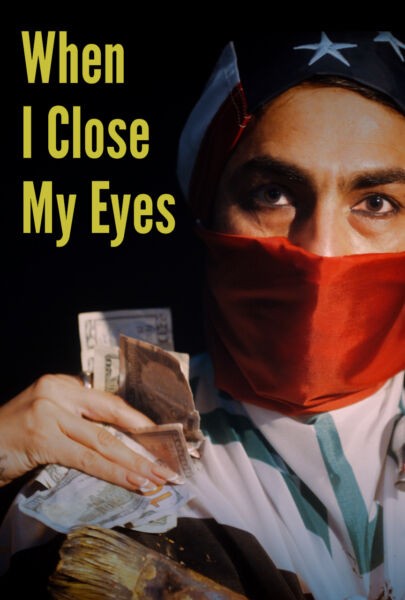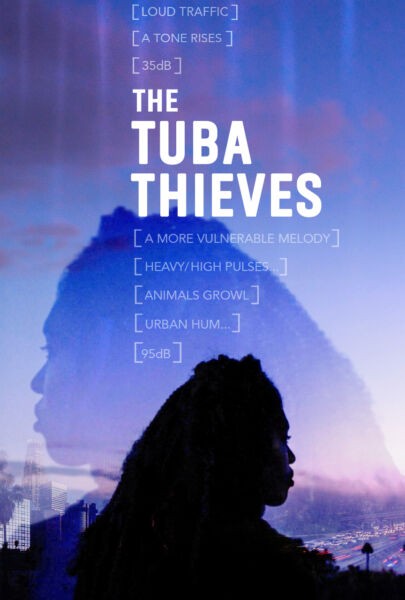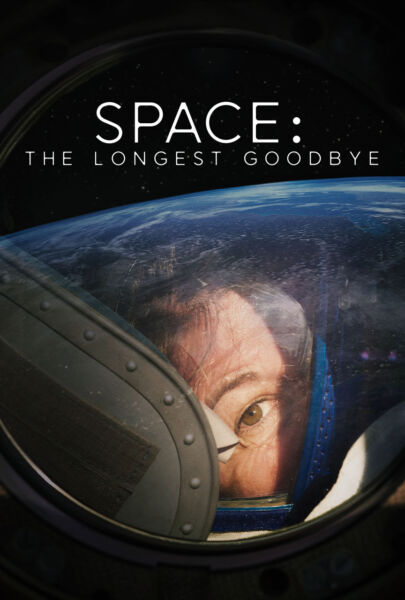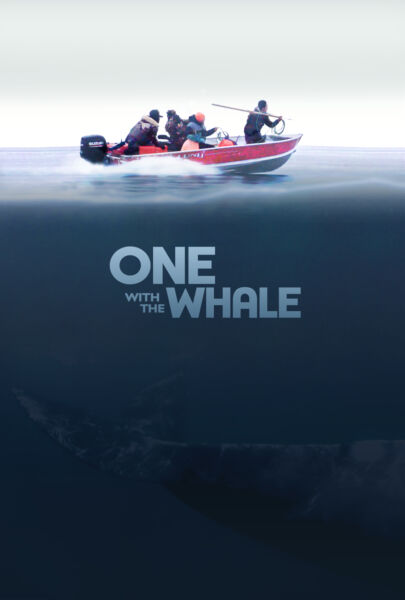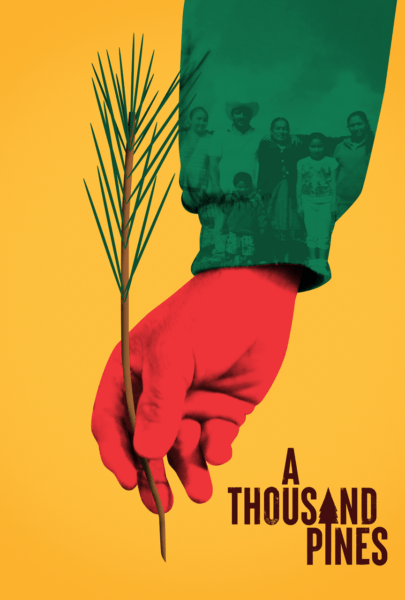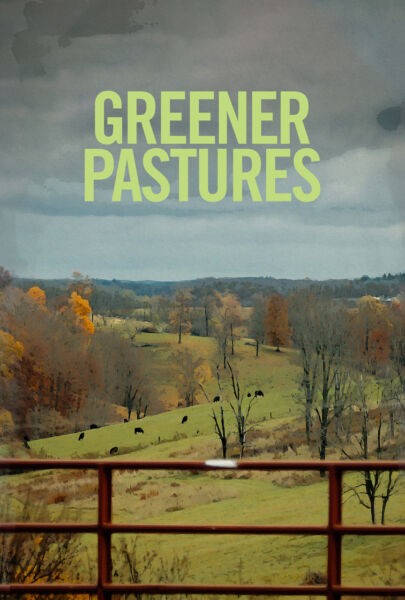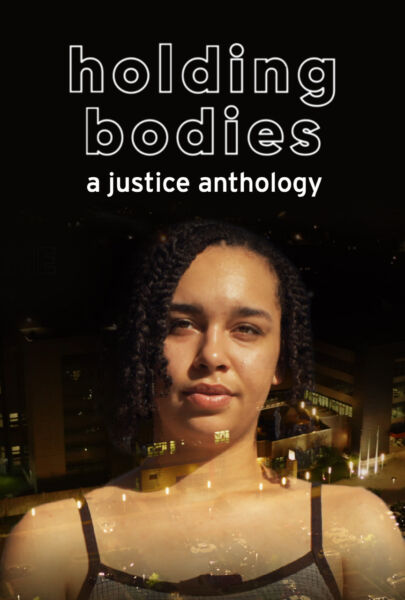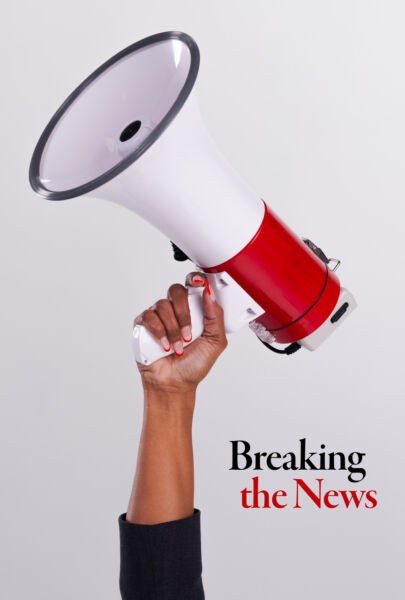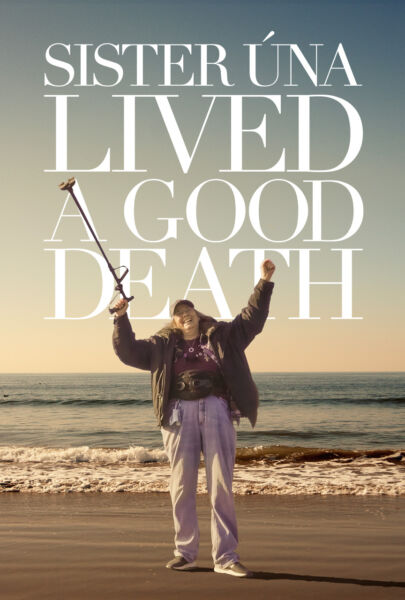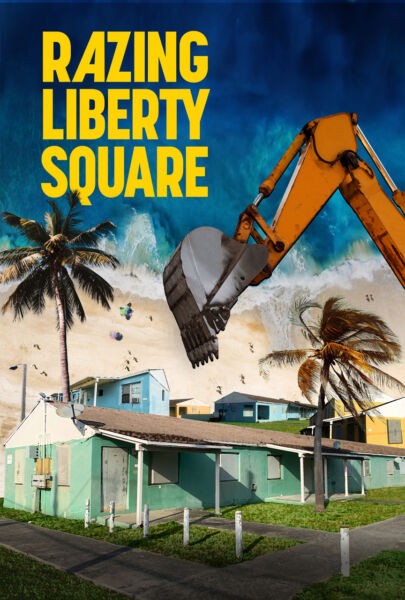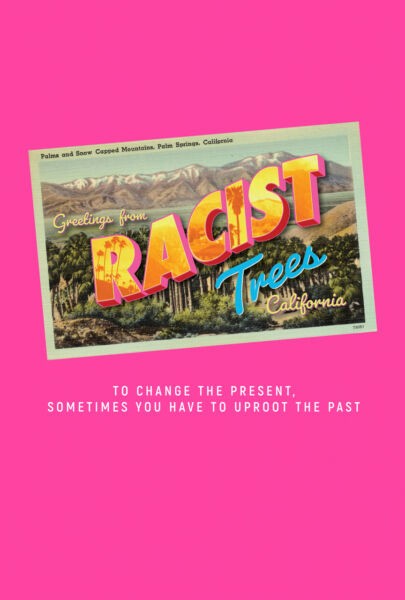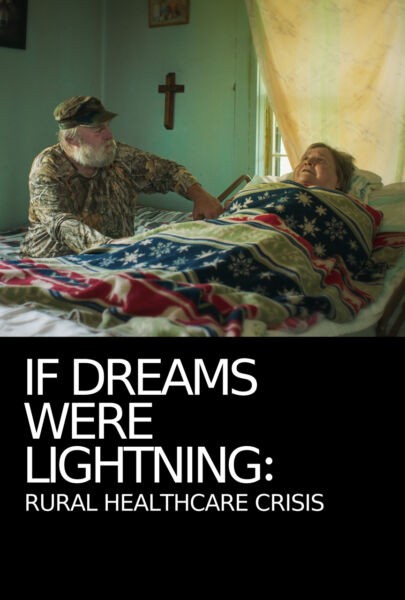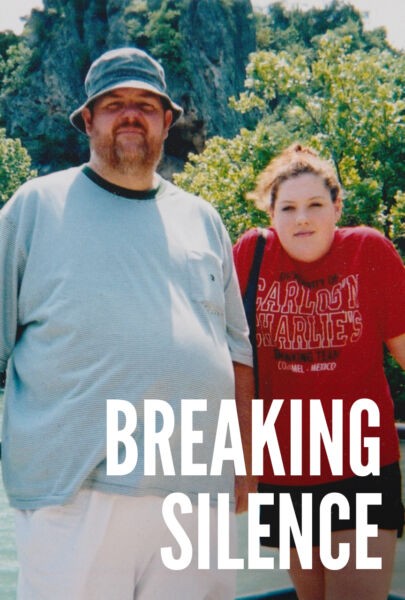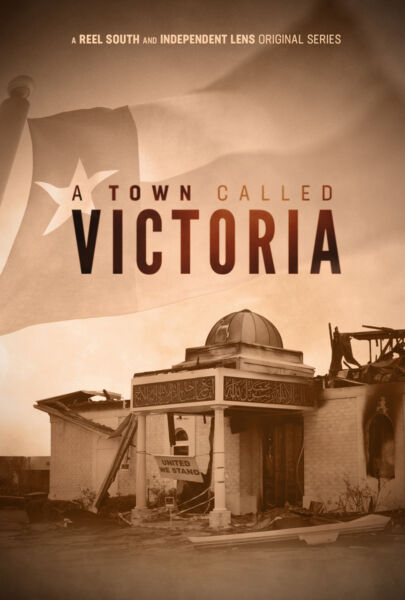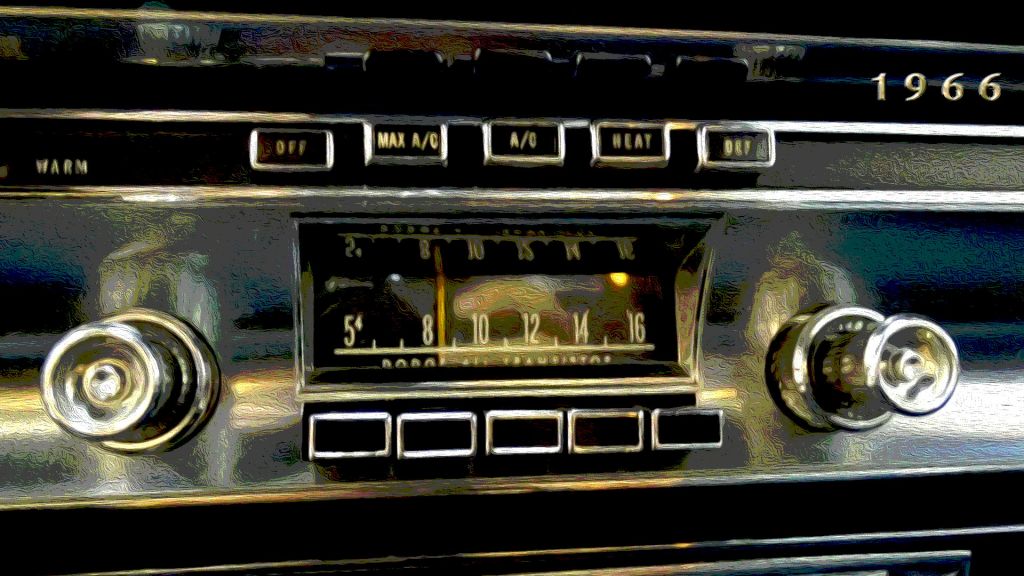
Pure and simple, 1966 was considered by many critics as one of the greatest years for popular music ever [see the Guardian’s “Was 1966 pop music greatest’s year?” and the LA Times‘ “1966 Could be Rock’s Most Revolutionary Year”].
The AV Club’s Steven Hyden on why 1966 was his favorite year for music:
“I chose 1966 because it’s a year of such unbelievably bountiful riches that it’s frankly difficult for me to imagine living through it firsthand. What was it like to walk into a record store and see deathless warhorses like Pet Sounds, Blonde On Blonde, and Revolver in the new releases section? (Let’s not forget classics by The Stones, The Who, The Kinks, The Byrds, Otis Redding, The Animals, Cream, and Buffalo Springfield, as well as ‘second-tier’ releases by The Yardbirds, Jefferson Airplane, Frank Zappa, and Love)… 1966 wasn’t a year of mere masterpieces; it was a time of records that birthed whole genres while also—and here’s the truly amazing part—fully engaging the mainstream, spawning radio hits and influencing pop culture in ways that still can be felt.”
1966 was also the year that saw the shocking tragedy at the University of Texas campus unfold, when a sniper went to the top of the Texas Tower and opened fire on innocent people below. The subject of the Independent Lens film TOWER was the heroism of multiple people caught in the crossfire that day, and to create the mood, the soundscape of the time, to give you a sense of what was in the air on what started off as a normal warm summer day, filmmaker Keith Maitland and his team did an amazing job selecting a few key tunes that flavored the airwaves.
Our purpose in creating this hand-selected cross-section of just some of the best music of 1966 was to further that soundscape, to imagine these tunes playing on radios that August. Not all of these songs were huge hits that year, but they were all played on the radio, and provide a good overview of the timeless music that came out that year. Without further ado, here’s TOWER: 1966 Soundscape (and Modern Equivalents), our list on Spotify.
[Note: If you do not have a Spotify login, you can certainly recreate much or all of this list on a music service of your choosing.]
The Songs
“Monday, Monday,” The Mamas & The Papas
This 1966 sunshine pop-folk tune that only took 20 minutes to write, actually the opening tune in TOWER, was the band’s only number-one hit on the U.S. Billboard Hot 100 (the band only was around for a few years but they did sell close to 40 million records worldwide). The song won the band a Grammy for Best Pop Performance by a Duo or Group with Vocal.
“Daydream,” The Lovin’ Spoonful
The title of the song and the name of the band who sings it both just ooze the psychedelic-ness of the ’60’s. It introduced the rising songwriting talents of lead vocalist John Sebastian (who later would find unexpected fortune with the theme song to ’70s TV comedy “Welcome Back, Kotter.”)
“Uptight (Everything’s Alright),” Stevie Wonder
The first Stevie Wonder hit single he got to co-write, the song peaked at #3 on the charts in 1966. The blind teenage wonder-kind’s voice had begun to change and mature around then too.
“Rainy Day Women #12 & 35,” Bob Dylan
Why #12 and 35 will always be a mystery as the title is never mentioned in the song. Many ’60s pundits preferred to call it “The Drug Song,” for the famously controversial line “Everybody must get stoned,” though some think Dylan meant for a double meaning there (in a Biblical and political sense).
“96 Tears,” ? & The Mysterians
The hit single is considered one of the catalysts for the Garage Rock movement, later one of the influences on the 1970s Punk Rock movement, and was ahead of its time. The “rolling lick, jabbing eighth notes, and droning tonic on the chorus were irresistible,” wrote J.R. Jones, “the part is often credited with singlehandedly establishing the Farfisa organ as a key instrument in garage rock.”
“Sunshine Superman,” Donovan
If you thought Daydream was psychedelic, this is the mother of psychedelia. The Scottish folk singer’s number one single was later referenced in DC Comics’ revival of “Animal Man,” with an African American character called “Sunshine Superman.”
“Waitin’ in Your Welfare Line,” Buck Owens & The Buckaroos
One of the hottest country tracks of the 60s, this was Buck Owens’ 10th number one single. “Well I ain’t got nothing but the shirt on my back and an old two button suit / I walked out on my job about a week ago and now I’m sleepin’ in a telephone booth / But I’m a gonna be the richest guy around the day you say you’re mine.”
“God Only Knows,” The Beach Boys
Some may recognize this song from the ending scene of holiday classic film, Love Actually. Others know it as one of the greatest feel-good songs of all time. The Rock and Roll Hall of Fame included it as one of “500 Songs That Shaped Rock and Roll.” Sound engineer Eugene Gearty called it a perfect example of “how much [Brian] modulated from key to key. He was far more complex than the Beatles and mostly like [Igor] Stravinsky in orchestral music where the key changes and key centers change four or five times within a pop tune, which is unheard of.”
“It’s a Man’s, Man’s, Man’s World,” James Brown
Issued right when Brown was starting to come into worldwide renown. Do us a favor and listen to the lyrics. They resonate, today.
This is a man’s world, this is a man’s world/But it wouldn’t be nothing, nothing without a woman or a girl
“Eleanor Rigby,” The Beatles
Paul McCartney originally wanted to name the fictional girl Daisy Hawkins but instead named her after Eleanor Bron, who starred in the music video of another hit single of theirs, “Help!” as well as after a wine and spirits store in Bristol called Rigby & Evens simply because he liked those names better. (Though there are plenty of obsessive theories out there about the “real” Eleanor Rigby.) Celebrated songwriter Jerry Leiber said, “I don’t think there has ever been a better song written than ‘Eleanor Rigby,'” and there have been to date more than 60 cover versions.
“Don’t Bring Me Down,” The Animals
This psychedelic rock hit co-written by multi-platinum singer-songwriter Carole King (“I Feel the Earth Move”) brought more fame to the British-born band known as much for their hard rock/R&B style as the more psych-pop found in this tune. Driven by a pulsating organ riff, the song is a romantic pleading including the lyrics
When you complain and criticize
I feel I’m nothing in your eyes
It makes me feel like giving up
Because my best just ain’t good enough
“Paradise, Hawaiian Style,” Elvis Presley
Before Elvis sadly began his downward spiral of drugs and bloat (he’d die 10 years later, in 1977), he was still on top of his game. The titular tune to the film and soundtrack Paradise Hawaiian Style; the film was only a modest hit and the soundtrack hardly fared any better, but we’re including it here to pay tribute to one of pop music’s masters of the ‘50s and ’60s and because it was released in the summer of ’66 and in radio rotation at the time of the Texas tragedy.
“For What It’s Worth” Buffalo Springfield
One of the most iconic songs of the 1960s, a reflection of a country starting to spiral out of control politically and socially, as the war in Vietnam escalated, as civil rights protests were in full swing. While the song is not about the Kent State shootings as frequently thought — that happened several years later — or the Tower shooting, “For What It’s Worth” was and is often used as an anti-war song. But songwriter Stephen Stills actually was inspired by the Sunset Strip curfew riots in November 1966. The trouble, which started during the early stages of the counterculture era, was in the same year Buffalo Springfield had become the house band at the Whisky a Go Go on the Sunset Strip in Los Angeles. The song has been used in numerous films, including Lord of War, Coming Home, Forrest Gump, UnReal, Where the Day Takes You, Tropic Thunder and American Pastoral.
“My World Is Empty Without You,” The Supremes
The Supremes (Diana Ross, Mary Wilson and Florence Ballard) performed this hit on The Ed Sullivan Show in 1966, which was a long way from where these talented ladies started, the Brewster-Douglass public housing project in Detroit.
“Fa-Fa-Fa-Fa-Fa (Sad Song),” Otis Redding
Tragically, Otis Redding would die in a plane crash in 1967, a year after this song came out. He was killed along with the backing band the Bar-Kays (save one member who survived), and this was the saddest song of all. The title of the song includes his vocal instructions for the horn section. Redding wrote the song with Steve Cropper, the guitar player for Stax Records where Redding was signed, and who was in the Blues Brothers band and film of same name.
Remakes
“Sunshine Superman,” Emilie Claire Barlow: For a different take on the Donovan tune, Canadian jazz chanteuse Barlow gives this her own snappy, girlish spin.
“Rainy Day Women #12 & 35,” Lenny Kravitz: Don’t laugh, Lenny does the Dylan tune pretty darned well in his own completely rollicking, blues-rocking way.
“God Only Knows,” She & Him: No rendition of this beautiful song will ever have the majesty and power of the original written by and sung by Brian Wilson, given especially what we now know of all the anguish he went through as an undiagnosed bipolar disorder sufferer. But there have been many lovely revisitations of it and this very recent version by She & Him (actress Zooey Deschanel and singer/musician M Ward) is pretty solid.
“Monday, Monday,” Matthew Sweet & Susanna Hoffs: The indie pop singer and the former Bangles songstress combine to do the Mamas and the Papas justice.
“Eleanor Rigby,” Soulive: One of many remakes of the memorably melancholy Beatles classic, but one of our favorites.
“It’s a Man’s Man’s Man’s World,” Seal: A pretty powerful and soulful remake of James Brown classic.
—Capsule notes by Chelsea “Chang” Sundiang and Craig Phillips


